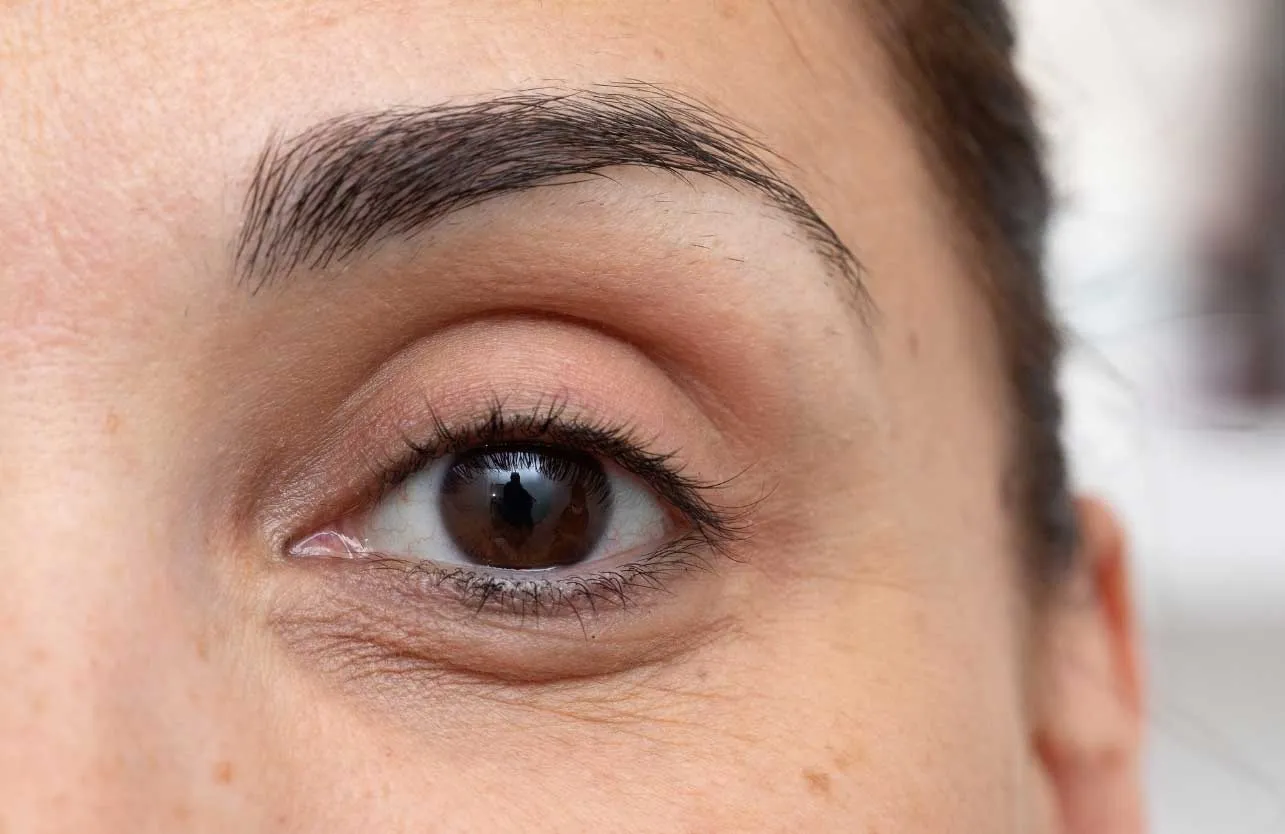The Best Treatment Options for Under-Eye Bags
What Causes Under-Eye Bags?
Under-eye bags develop when the fat pads beneath the lower eyelid protrude forward due to aging, genetics, or fluid retention. These may be worsened by poor lifestyle habits or underlying health conditions.
Common causes include:
- Genetics and family history
- Skin aging and collagen loss
- Lymphatic drainage issues
- Lack of sleep, chronic stress
- High-sodium diet and alcohol
- Allergic reactions and sinus congestion
While often cosmetic, under-eye bags may sometimes warrant a medical evaluation if sudden or asymmetric.
What Are the Treatment Options?
Treatment depends on the type, severity, and root cause of the under-eye bags. Here’s a detailed comparison of the most effective methods:
1. Lower Blepharoplasty (Surgical Eye Bag Removal)
Best for:
- Significant fat protrusion
- Loose or sagging skin
- Patients seeking permanent results
How it works:
- Excess fat is removed or repositioned
- Extra skin is trimmed if needed
- Performed under local or general anesthesia
Pros:
- Permanent correction
- Smooth, youthful lower eyelid contour
- One-time procedure
Cons:
- Downtime (7–10 days)
- Possible surgical risks (swelling, bruising, asymmetry)
2. Tear Trough Filler (Hyaluronic Acid)
Best for:
- Mild puffiness with noticeable hollowing
- Younger patients avoiding surgery
How it works:
- Hyaluronic acid is injected to smooth the transition between the eye and cheek
- Reduces shadowing and gives a rested appearance
Pros:
- Immediate, minimally invasive
- Improves volume and light reflection
- Lasts 12–18 months
Cons:
- Does not reduce fat pad size
- Must be performed by an experienced injector
3. Fractional Laser (CO₂, Er:YAG)
Best for:
- Loose skin and fine lines around the eyes
Mechanism:
- Stimulates collagen and elastin production
- Improves skin tightness and tone
Pros:
- Non-surgical tightening
- Enhances overall skin texture
- Requires 2–4 sessions
Cons:
- Temporary redness or flaking
- Less effective on prominent fat pads
4. Radiofrequency & Microneedling (e.g., Morpheus8)
How it works:
- Delivers heat into the dermis via microneedles
- Stimulates collagen and tightens skin
- Enhances lymphatic drainage
Pros:
- Safe for delicate eye area
- Improves puffiness and elasticity
- Typically 3–6 sessions required
5. PRP (Platelet-Rich Plasma) Injections
Mechanism:
- Uses the patient’s own growth factors to stimulate regeneration
- Improves microcirculation and reduces inflammation
Pros:
- Natural and biocompatible
- Reduces dark circles and fine lines
- Recommended as a series of 3–4 sessions
6. Under-Eye Mesotherapy
Purpose:
- Reduces swelling, boosts circulation
- Improves pigment and mild puffiness
Ingredients may include:
- Vitamin C, arnica extract, DMAE, organic silicon
Pros:
- Gentle, non-invasive
- Useful for early-stage eye bags
7. Topical Products (Supportive, Not Curative)
Effective ingredients:
- Caffeine – reduces swelling
- Peptides – improve firmness
- Retinol (gentle) – supports cell turnover
- Hyaluronic acid – hydrates and plumps
Best used preventively or post-treatment. Not effective for large or protruding bags.
Choosing the Right Treatment
|
Symptom |
Recommended Treatment |
|
Prominent fat herniation |
Lower blepharoplasty |
|
Mild hollowness & shadow |
Tear trough filler + PRP |
|
Skin laxity & wrinkles |
Fractional laser / RF / Microneedling |
|
Puffiness due to fluid retention |
Mesotherapy |
|
Natural rejuvenation |
PRP + Mesotherapy |
|
Temporary improvement |
Eye creams with active ingredients |

